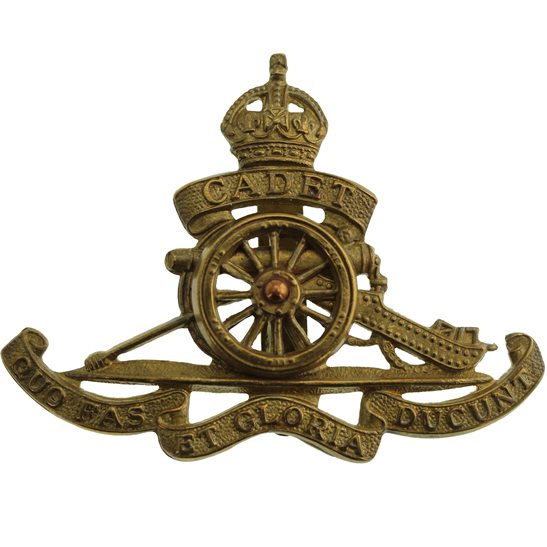Personal Details
Born: 30 September 1887.
Family: It is possible that William Edward Foulkes, whose address was also given as Sunnyside, Wrexham Road on the 1919 Absent Voters List was his brother, but there is no definite proof for this as no definitive information could be found in the Census records. The 1939 Register indicates that he was single at that time.
Residence: The address given for him on the 1919 Absent Voters List for Whitchurch, Shropshire was Sunnyside, Wrexham Road. This was also the address given for him on both the 1939 Register and the National Probate Register at the time of his death in 1956.
Employment: Not known
Died: 16 September 1956 in Whitchurch, Shropshire aged 66, and buried in Whitchurch cemetery on 19 September the same year.
Military Details
Regiment: Royal Field Artillery
Rank: Driver
Service Number: 217834 (previously 604511)
Date of Enlistment: Not known
Date of Discharge: Not known
Reason for Discharge: Not known.
John was awarded the Campaign Medals (British War Medal, and Victory Medal).

The British War Medal (also known as 'Squeak') was a silver or bronze medal awarded to officers and men of the British and Imperial Forces who either entered a theatre of war or entered service overseas between 5th August 1914 and 11th November 1918 inclusive. This was later extended to services in Russia, Siberia and some other areas in 1919 and 1920. Approximately 6.5 million British War Medals were issued. Approximately 6.4 million of these were the silver versions of this medal. Around 110,000 of a bronze version were issued mainly to Chinese, Maltese and Indian Labour Corps. The front (obv or obverse) of the medal depicts the head of George V. The recipient's service number, rank, name and unit was impressed on the rim.
The Allied Victory Medal (also known as 'Wilfred') was issued by each of the allies. It was decided that each of the allies should each issue their own bronze victory medal with a similar design, similar equivalent wording and identical ribbon. The British medal was designed by W. McMillan. The front depicts a winged classical figure representing victory. Approximately 5.7 million victory medals were issued. Interestingly, eligibility for this medal was more restrictive and not everyone who received the British War Medal ('Squeak') also received the Victory Medal ('Wilfred'). However, in general, all recipients of 'Wilfred' also received 'Squeak' and all recipients of The 1914 Star or The 1914/1915 Star (also known as 'Pip') also received both 'Squeak' and 'Wilfred'. The recipient's service number, rank, name and unit was impressed on the rim.

